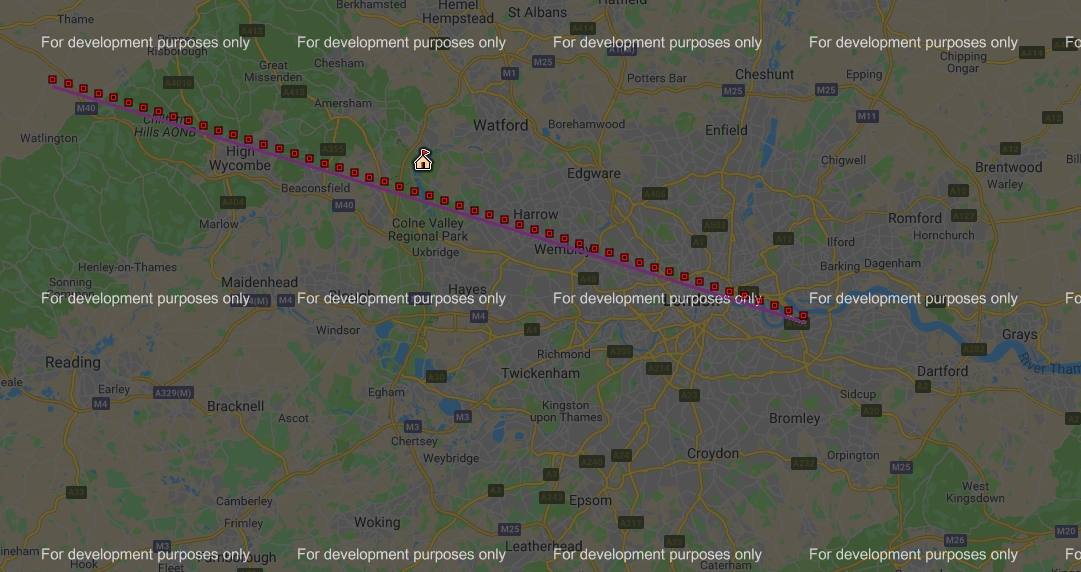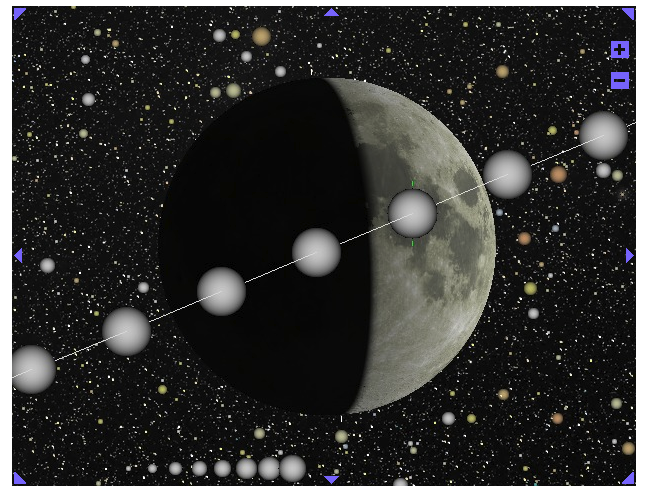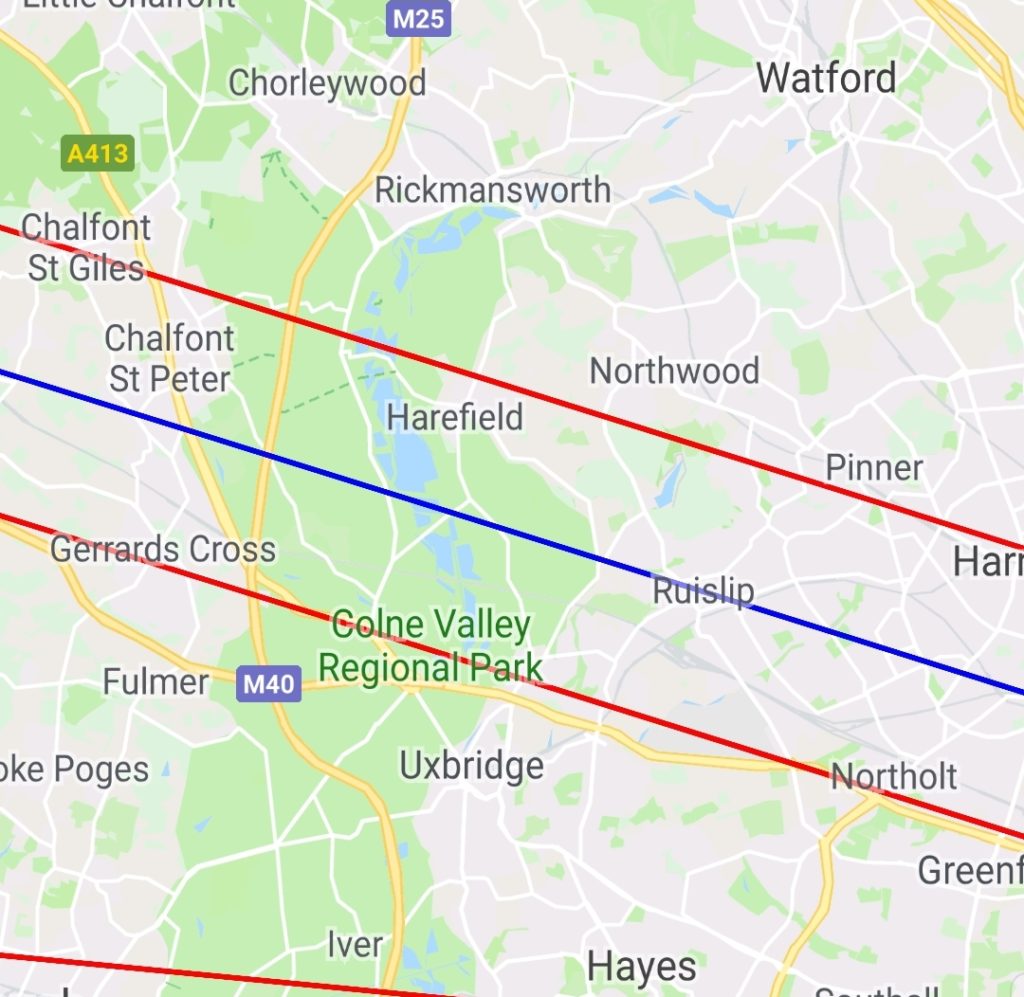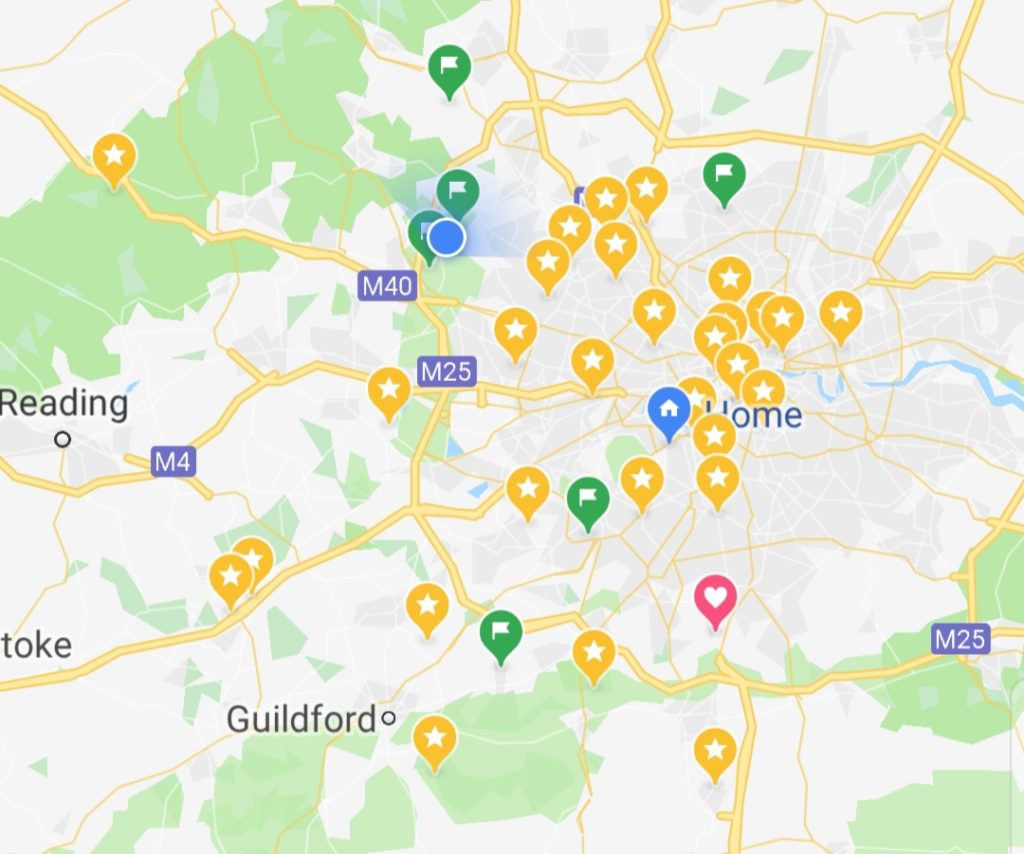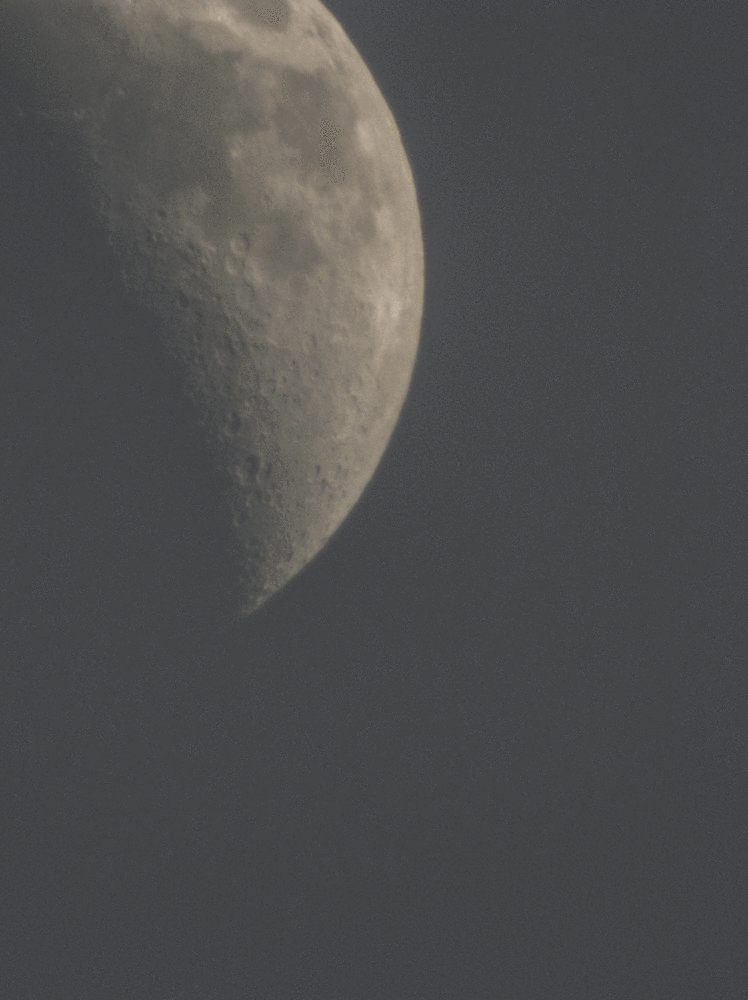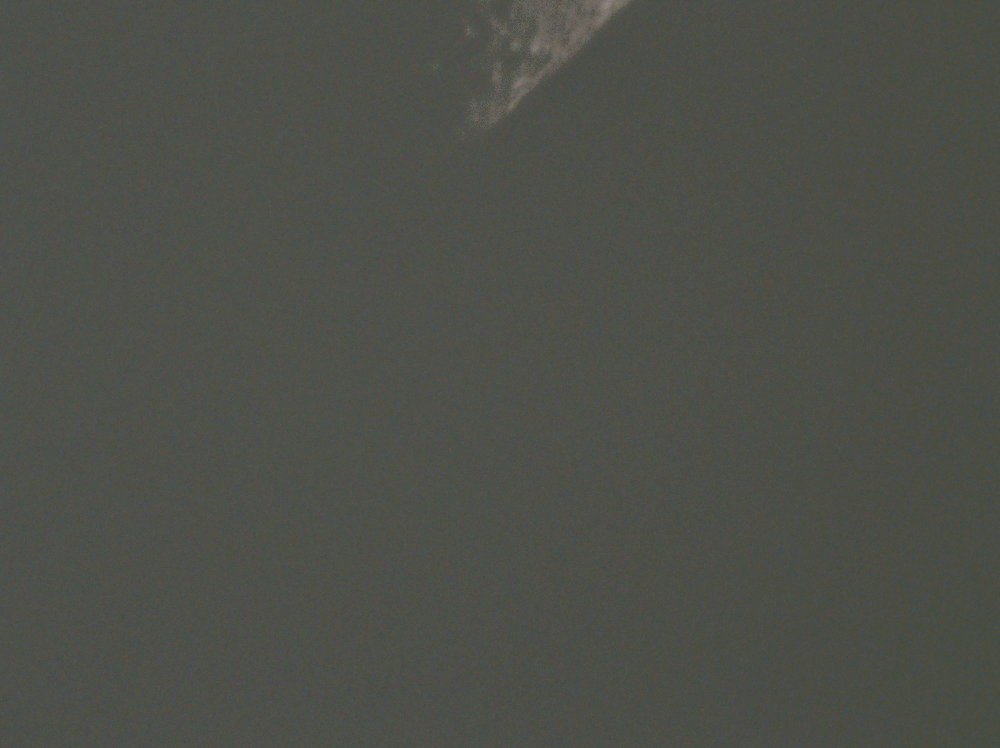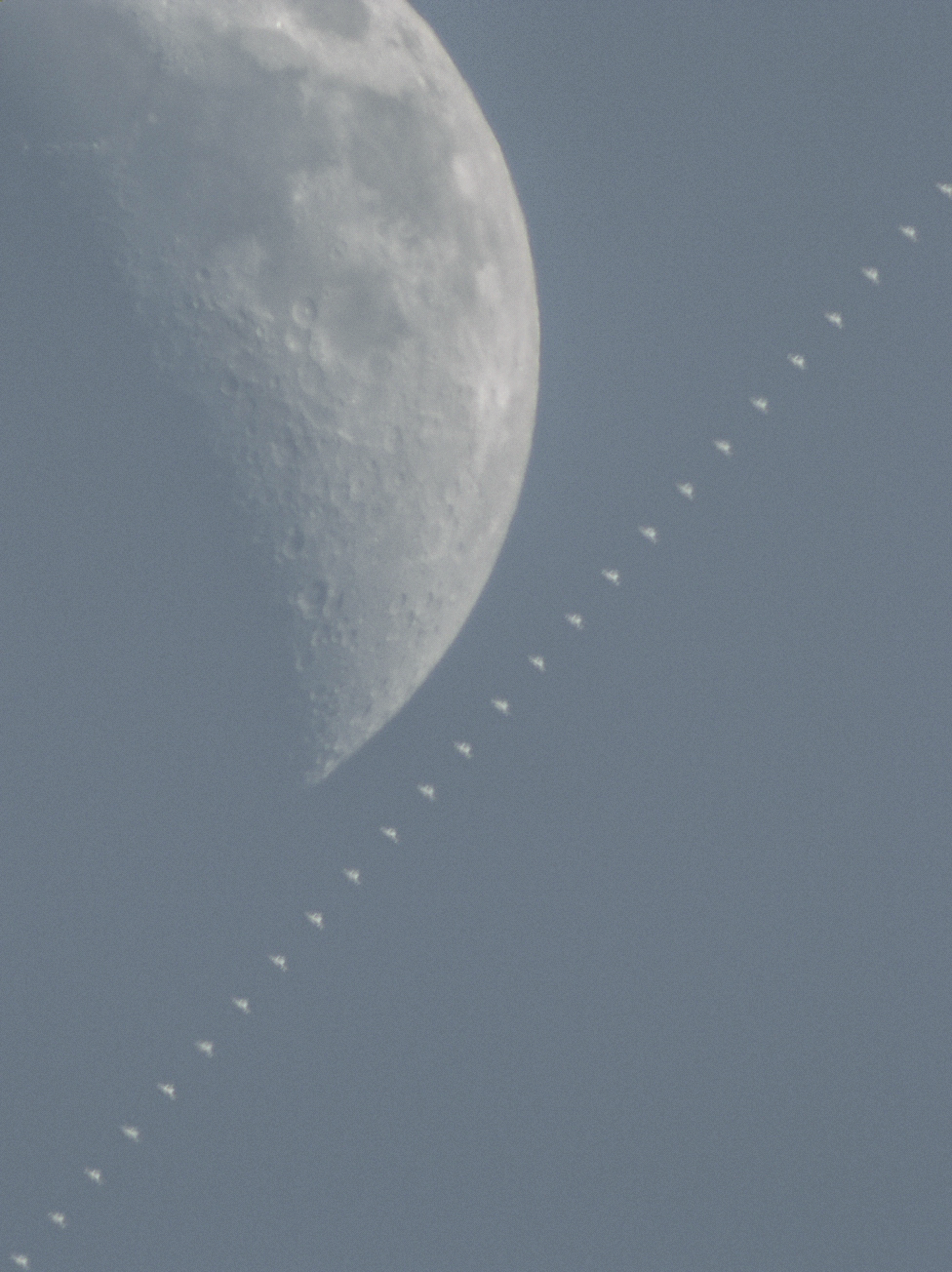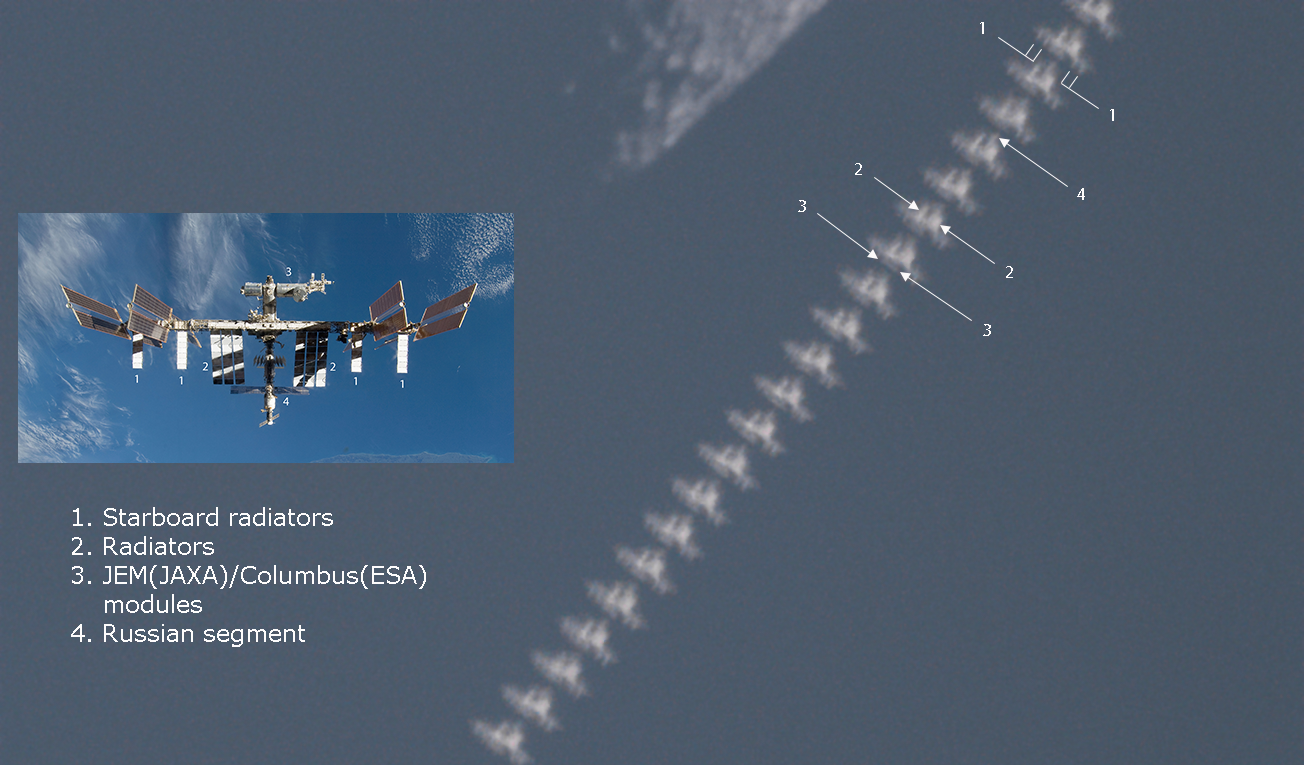ISS lunar transit imaging with Nicholas Joannou
This time I had great company, namely Nicholas Joannou (Nick) amateur astronomer and astrophotographer with whom I will hold lectures in London about International Space Station imaging . We plan to start with the lectures this summer, so watch this space for more information.
Lunar transits are rare and even if they happen they are not ideal. For a good opportunity lots of details must come together at the same time, otherwise problems will occur. The best opportunities are when:
– Moon is high above the horizon
– therefore the International Space Station is really close to us at the time of transit
– Sun is close horizon (max. 5-10 degrees above horizon)
– atmospheric conditions are good (no wind, jet stream, fog or humidity)
– clear sky!
We had almost all of these criteria favouring our session, the one and only problem was Sun’s elevation. I do believe the seeing was poor mainly because of Sun was way too high at the time of transit. If ISS transits Moon only 15-20 mins later, the result is so much more detailed and less disturbed by atmospheric conditions. Shame because the apparent size of ISS was a whopping 57.1″ which happens extremely rarely.
Forecast
Imaging and the results
Knowing that when ISS is in front of Moon it really blends into the lunar surface – I intentionally tried to find a location from where ISS will only “touch” the lunar surface. I mean it will appear in from of the Moon but only for a fraction of time at the southern limb. I had a similar event two month ago (Extremely good ISS lunar transit) and it all went perfect. I followed the same tactics this time as well, used the ISS Transit Prediction app to find the edge of the path ISS appears in front of the lunar disc. But despite the location was correct according to the app, ISS appeared a bit away from the limb of Moon.
We had some minor issues, but nothing we could not overcome. Two telescope captured a wide angle (420mm of focal length) and a close up (1200mm of focal length) video of the transit.
One of the scope was a Skywatcher 72/420 ED Apo refractor with a Zwo ASI 224 MC colour camera. This is a slow motion of the transit – the frames were processed individually in Lightroom and put together once again for the animation.
The other scope was a Skywatcher 250/1200 Flextube dobson on an eq platform, video taken with a Zwo ASI 224 MC colour camera and a Baader IR-Pass filter. This is also a slow motion of the transit – the frames were processed individually in Lightroom and put together once again for the animation.
I used almost all the frames which had ISS on it to create these composite photos.
Finally in this video you will see the original footages and the end results too.
11/04/2019
Support me on my Patreon website.


